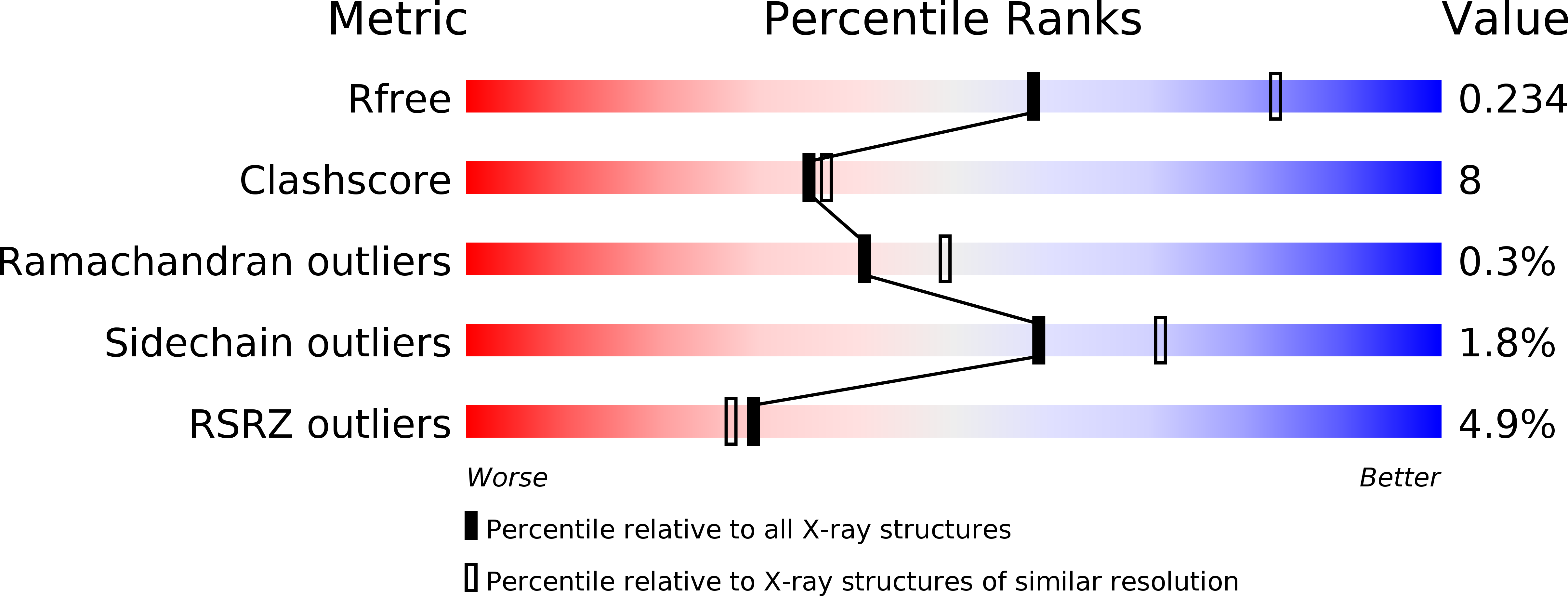
Deposition Date
2018-06-11
Release Date
2018-09-26
Last Version Date
2024-11-06
Entry Detail
Biological Source:
Source Organism:
Chaetomium thermophilum (strain DSM 1495 / CBS 144.50 / IMI 039719) (Taxon ID: 759272)
Pichia kudriavzevii (Taxon ID: 4909)
Pichia kudriavzevii (Taxon ID: 4909)
Host Organism:
Method Details:
Experimental Method:
Resolution:
2.45 Å
R-Value Free:
0.25
R-Value Work:
0.23
R-Value Observed:
0.23
Space Group:
P 31 2 1


